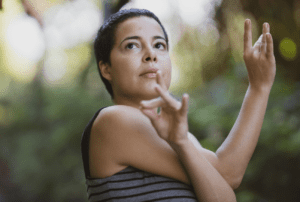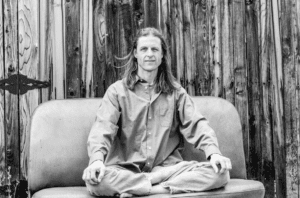
Asana, pranayama, meditation, and other Tantric-Yoga methods remold your psyche from a limited understanding (avidya) to greater Self-understanding. In short, they maximize joy and minimize suffering.
To become proficient at blending these Tantric-Yoga methods requires ongoing practice, refinement, and moments of inner realization. It’s an extraordinary journey that gradually begins to touch upon every aspect of one’s life.
Tantra is somewhat unique on the horizon of spiritual methodologies; it prescribes practices to suit the needs of the individual. Each of us is unique (and similar in ways) and our approach to yoga ought to reflect our particular needs.
Our approach to yoga ought to reflect our unique needs.
To accommodate the needs of the individual, Tantric-Yoga methods can be very complex and nuanced. It takes time, and some trial and error, to learn how to synergistically blend asana, pranayama, mantra, and meditation techniques. Of course, an accomplished teacher also helps.
Done well, the result of these interwoven practices is far greater than the sum of their parts. Asana and pranayama practice, implemented prior to meditation, will powerfully enhance meditation exponentially.
They support one another in an interwoven and radiant tapestry. These interconnected practices, done in support of higher realization, is one of the very definitions of “tantra”. In many ways, the journey through Tantric-Yoga is a journey through the interconnected threads of practice.
While the variety of practices may seem disparate, there is a central thread that underscores them all; that thread is prana. Prana is the life-force of the creation, the very force of transformation itself; our quest for greater peace and self-actualization hinges on this critical ingredient.
There is a central thread that underscores them all;
that thread is prana.
All of the techniques interface with prana specifically. In many ways, prana is the primary teacher that not only leads us to greater levels of self-mastery but also guides us towards the innermost teacher within us all, the Self or the Soul.
Tantric-yoga methods support us to contact this Self and in turn, the Self aids you to learn and apply the forces of asana, pranayama, and meditation optimally. Over time, one recognizes the pranic-force within these methods and thus the cycle of continued growth carries on. One becomes more adept in their life and access Spirit more readily.





